How did science truly begin?Surprisingly, the pursuit of knowledge didn’t set the stage for modern science. Instead, it was a revolutionary idea—the recognit…
Category: science – Page 43
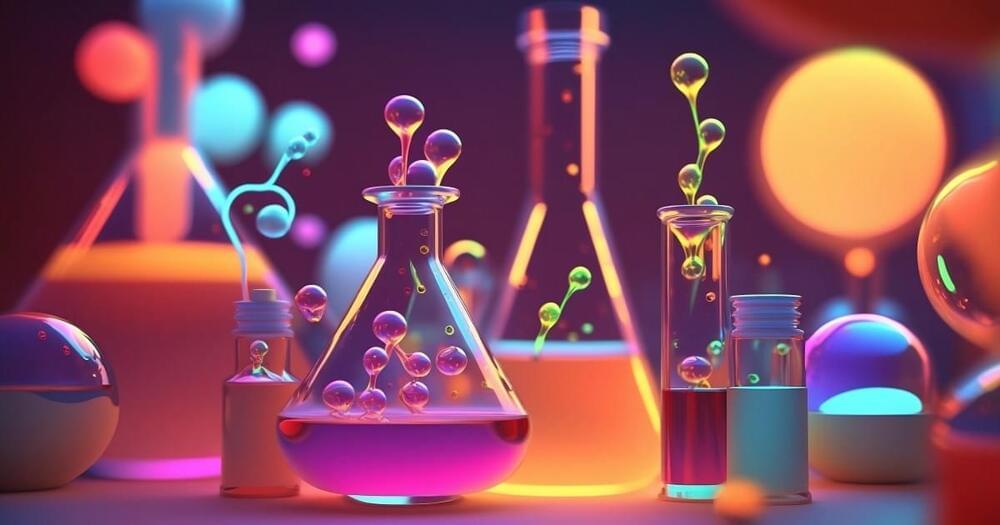
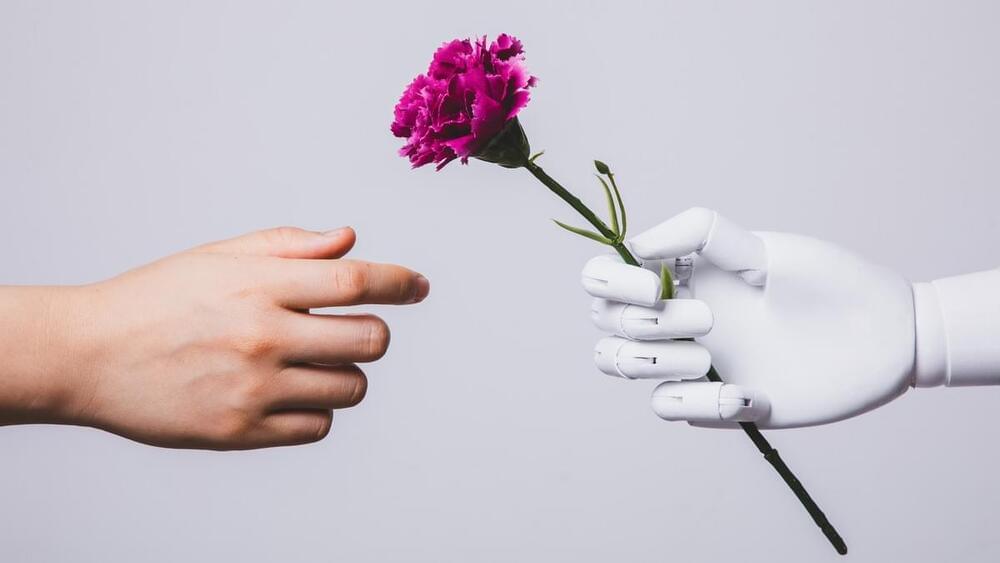
AI Hospitals: A Step Towards the Future — Science View
That’s perfect and from one of the most technological countries. It’s late and I saved it for watching later but I can imagine what is in this video. AI is always useful especially in medicine.
[Skip Intro] 0:22
Learn more about science on NHK WORLD-JAPAN:
https://www3.nhk.or.jp/nhkworld/en/ondemand/category/23/?cid…9-sv303-hp.
More quality content available on NHK WORLD-JAPAN:
https://www3.nhk.or.jp/nhkworld/en/ondemand/video/?cid=wohk-yt-2309-sv303-hp.
The integration of artificial intelligence into healthcare seeks to reduce diagnosis errors while increasing humanity.
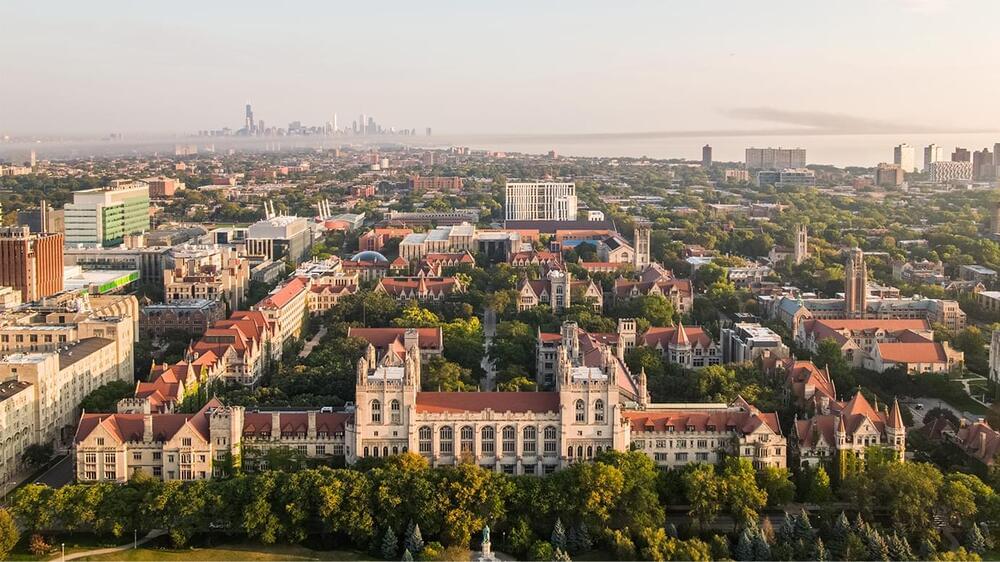
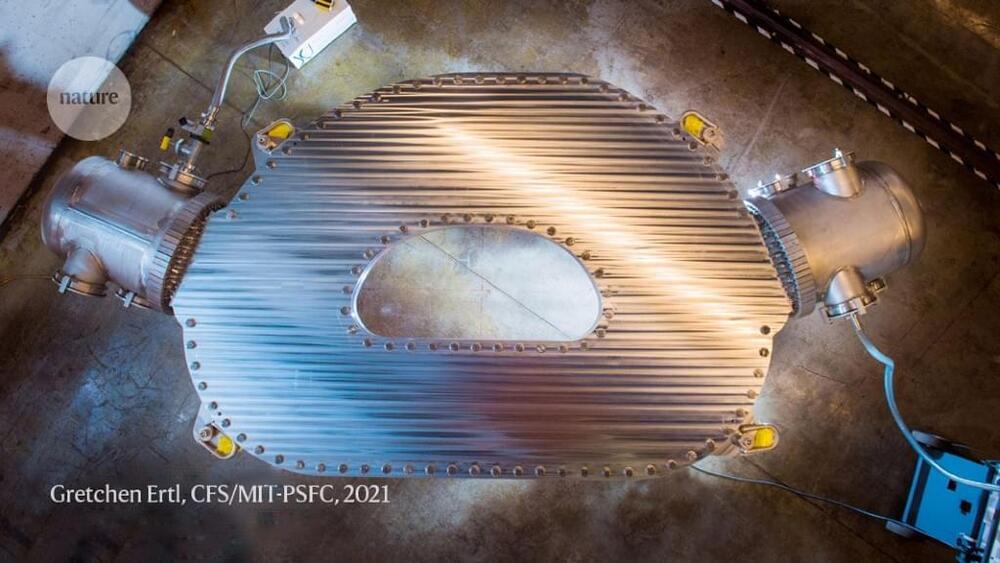
Gödel Machine — Jürgen Schmidhuber / Serious Science
AI specialist Jürgen Schmidhuber on Kurt Gödel, meta learning and fundamental limitations of computability.
Read the full text on our website: http://serious-science.org/godel-machine-10426
‘A Gödel machine is a computer that rewrites any part of its own code as soon as it has found a proof that the rewrite of the code is useful, where a problem-dependent utility function and the properties of the hardware and the entire initial code are all described by axioms encoded in an initial proof searcher.’
Jürgen schmidhuber, scientific director, swiss AI lab IDSIA
Artificial Consciousness: http://serious-science.org/atificial-consciousness-6883
Deep Learning: http://serious-science.org/deep-learning-10364
This lecture is part of the collaboration between Serious Science and the Technology Contests Up Great READ//ABLE: https://en.ai.upgreat.one/
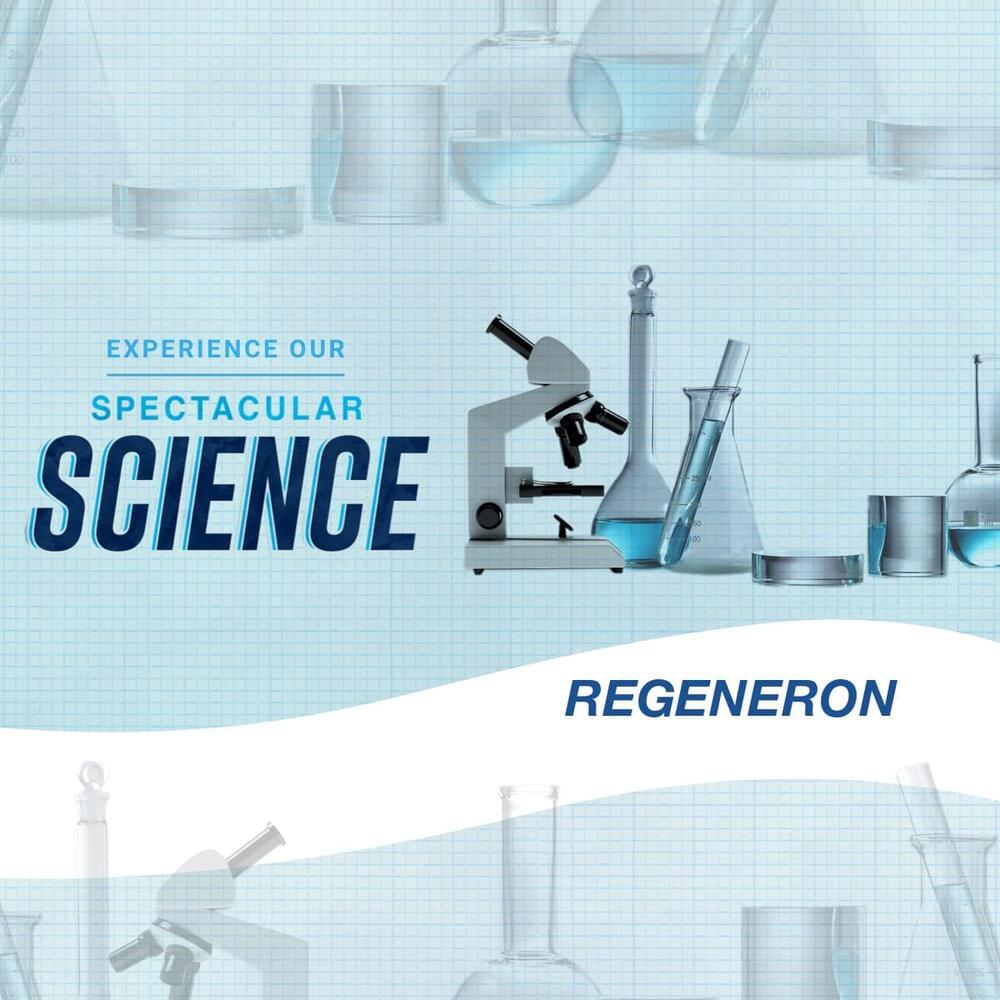
Quantum simulator helps to unlock a major science mystery
A new study exemplifies how the strides made in quantum computing are now being harnessed to unlock the secrets of fundamental science.
Scientists at Duke University have harnessed the power of quantum-based methods to unravel a puzzling phenomenon related to light-absorbing molecules, according to a new study published in Nature Chemistry.
This advancement sheds light on the enigmatic world of quantum interactions, potentially transforming our understanding of essential chemical processes like photosynthesis, vision, and photocatalysis.
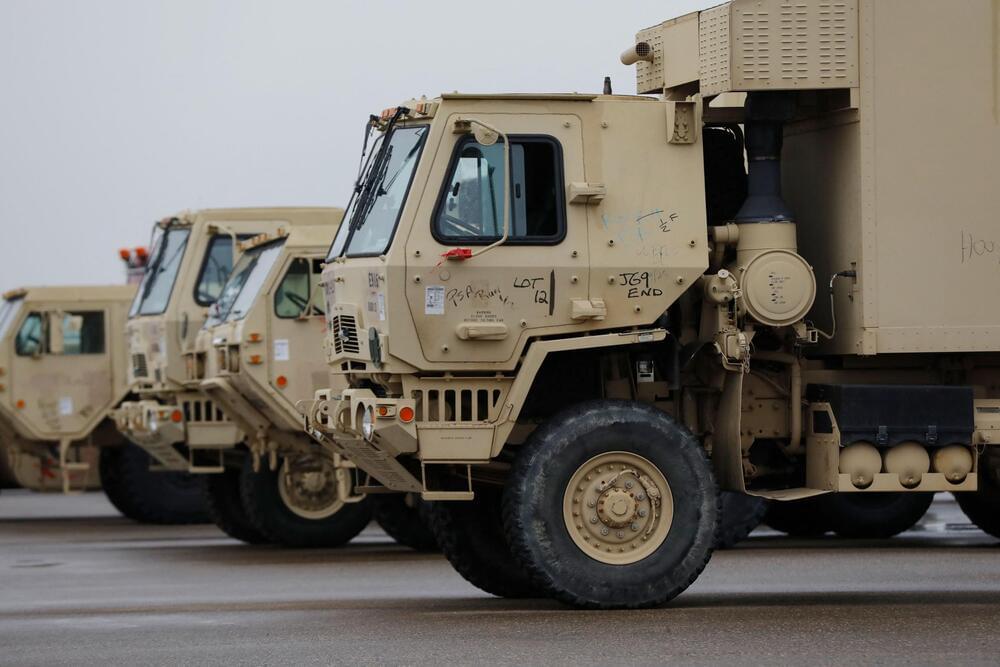
Could We Transform America Into a Science-Industrial Complex?
I’m excited to share my new opinion article for Newsweek. It advocates for transforming America from a military-industrial complex into a science-industrial complex! Give it a read!
America spends 45 percent of its discretionary federal spending on defense and wars, while around us, the world burns in ways that have nothing to do with fighting or the military. Global warming has escalated into an enormous crisis. A fifth of everyone we know will die from heart disease. And an opioid crisis is reducing the average lifespans of Americans for the first time in decades. There’s plenty of tragedy, fear, and hardship all around us, but it has nothing to do with the need to make more bombs. It does, however, have to do with science.
It seems obvious America should do something different than spend so much of its tax dollars on defense. We should consider halving that money, and directing it to science, transforming America from a military-industrial complex into a science-industrial complex. Despite science and technological progress being broadly responsible for raising the standard of living around the world over the last 50 years, America spends only 3 percent of its GDP ($205 billion) on science and medical research across the federal government. Notably, this is dramatically less than the $877 billion the U.S. will spend on defense this year.
The famous designation of the term military-industrial complex comes from former President Dwight D. Eisenhower in his farewell address, where he warned America and its economy could descend into being a conflict-driven nation. Over 60 years after his speech, we have become just that. A Brown University study found that since 2001, the U.S. has spent $5.9 trillion on wars in the Middle East and Asia. For contrast, the 2023 budget for the National Institutes of Health (NIH) is a paltry $49 billion.
America and its military-industrial complex—including the Pentagon, CIA, foreign military services, Homeland Security, nuclear program, and many other U.S. Defense tentacles—promises to spread democracy and keep the world safe. However, a far more common enemy than a national security incident is getting cancer from the sun, being diagnosed with Alzheimer’s disease, and dying in a car accident. Given enough money and time for research and experimentation, science stands a good chance at fixing nearly anything, including all of the issues above.